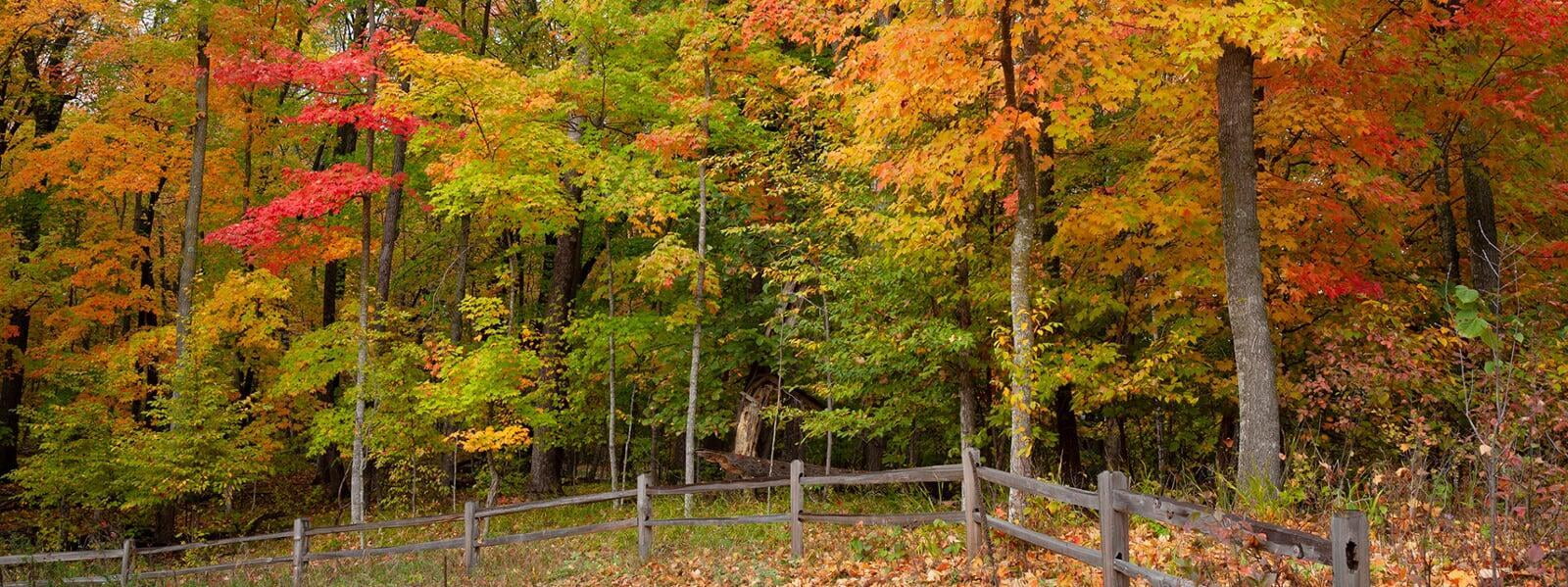Ah, October in Minnesota! The landscape shifts to a mosaic of vibrant autumnal colors, signaling the approach of winter. If you have a native garden, this is a pivotal time to ensure it thrives through the cold months and is set for a successful spring. Here's a guide to tending to your native plant garden in October:
Mulching: The Protective Blanket
One of the foremost tasks for this month is mulching. Mulch acts as a protective blanket for your plants. It regulates soil temperature, retains moisture, and helps suppress weeds.
Why mulch? As temperatures dip, plants become vulnerable. Their roots can suffer if exposed to extreme cold. Mulch provides the necessary insulation to keep the soil warmer for a bit longer, allowing roots to continue their growth before the ground freezes.
Focus on the newbies: Newly planted native species are especially at risk as their root systems aren’t as established. Pile a generous amount of mulch around these plants.
Material choice: Opt for organic mulches like straw, leaves, or wood chips. These decompose over time, enriching the soil with vital nutrients. You might consider using our unique native straw to mulch in your garden. We’ve found that it not only does a better job at protecting your plants, but it is also full of native grass seed!
Create Brush Piles: A Winter Haven for Wildlife
Beneficial for biodiversity: Brush piles provide essential winter habitats for numerous small creatures, such as birds, insects, and mammals. They offer shelter from predators and the cold, and a place for these critters to find food.
Location matters: Place your brush pile in a corner of your garden, ensuring it doesn't obstruct pathways or become a potential fire hazard.
Resist the Urge to Cut Back Plants
While it might be tempting to achieve a neat and tidy look for your garden by cutting back all the plants, there's value in letting them stand tall through winter.
Food supply: Many native plants produce seeds and berries that serve as a crucial food source for birds and other wildlife during winter.
Habitat: Besides providing food, these plants also offer shelter. The tall grasses and dried stalks become the winter homes for insects, which in turn become a food source for birds.
Natural beauty: There's an understated beauty in a winter garden. The frosted seed heads, snow-capped plants, and the stark contrast against the white snow can be visually striking. Embrace this natural aesthetic!
October in Minnesota is more than just a month of scenic beauty; it's a time to nurture and prepare your native plant garden for the impending winter. By mulching, creating brush piles, and leaving plants intact, you're not only ensuring your garden's health but also contributing to local ecosystems. As the cold winds blow and snow blankets the ground, you can sip your hot cocoa knowing your garden is safe, thriving, and providing a sanctuary for many creatures. Happy gardening!




